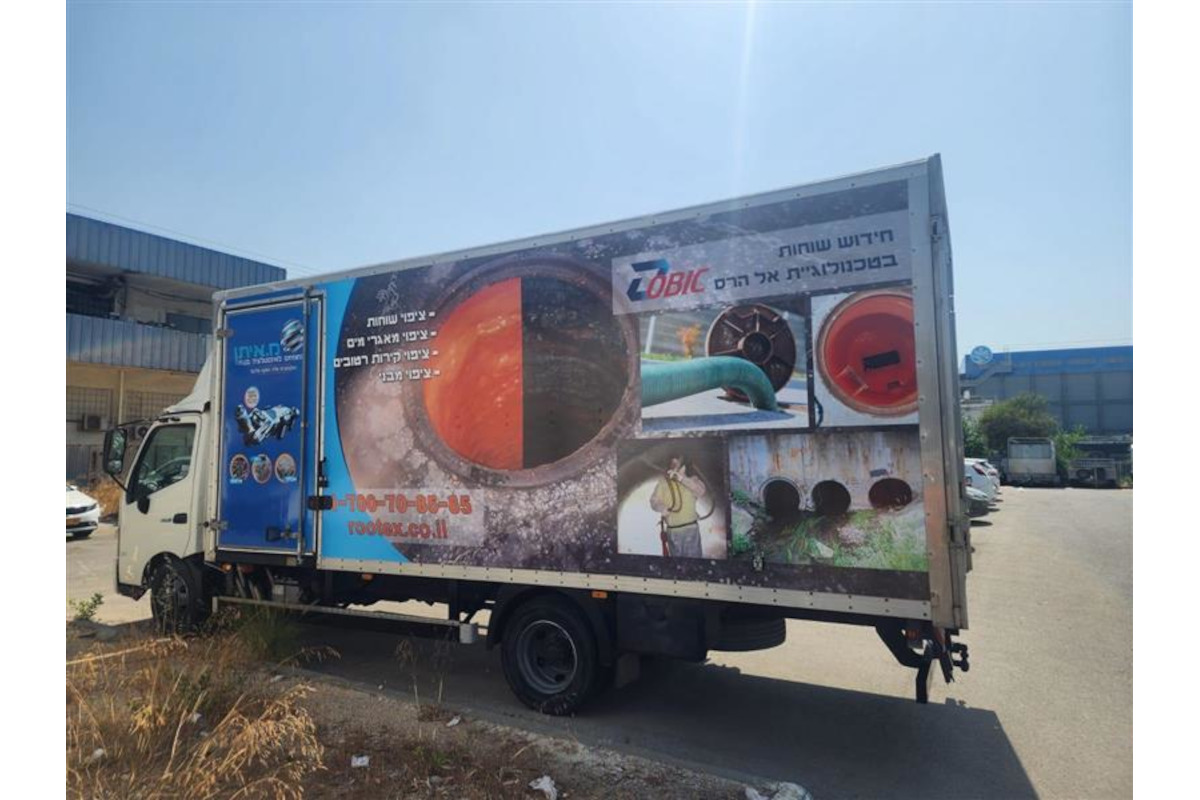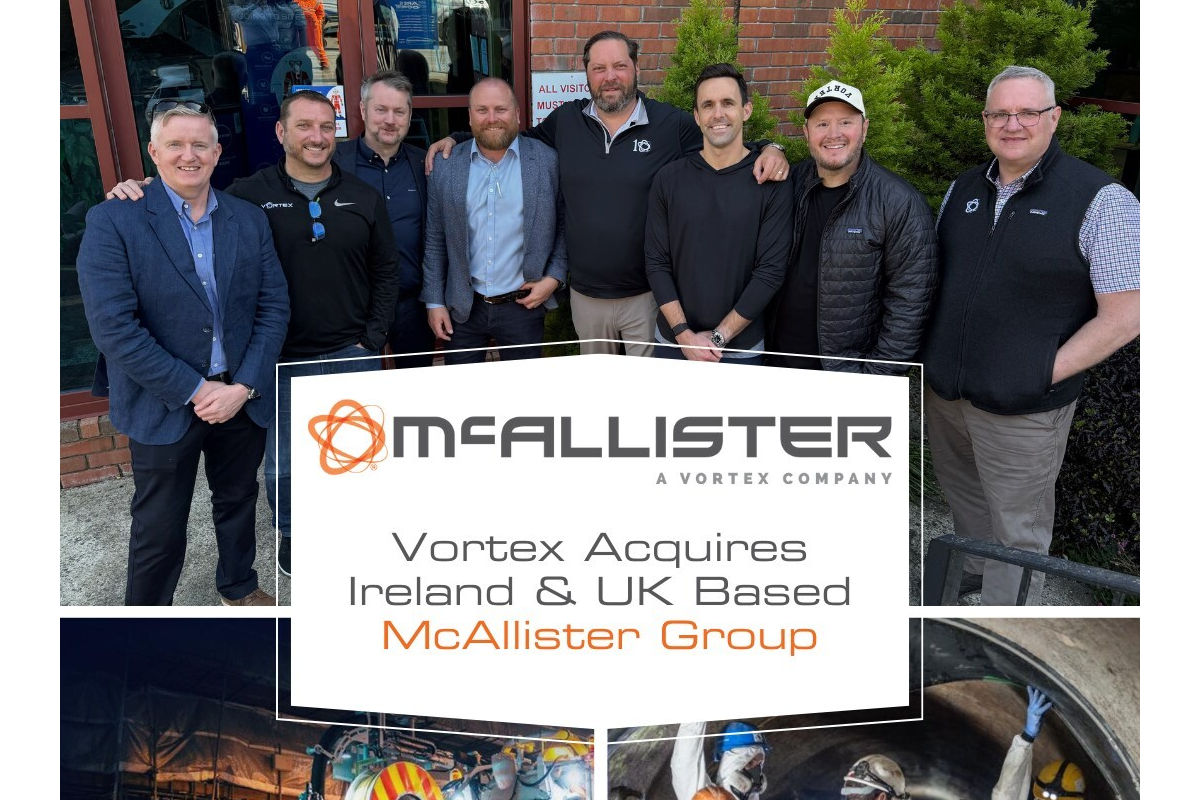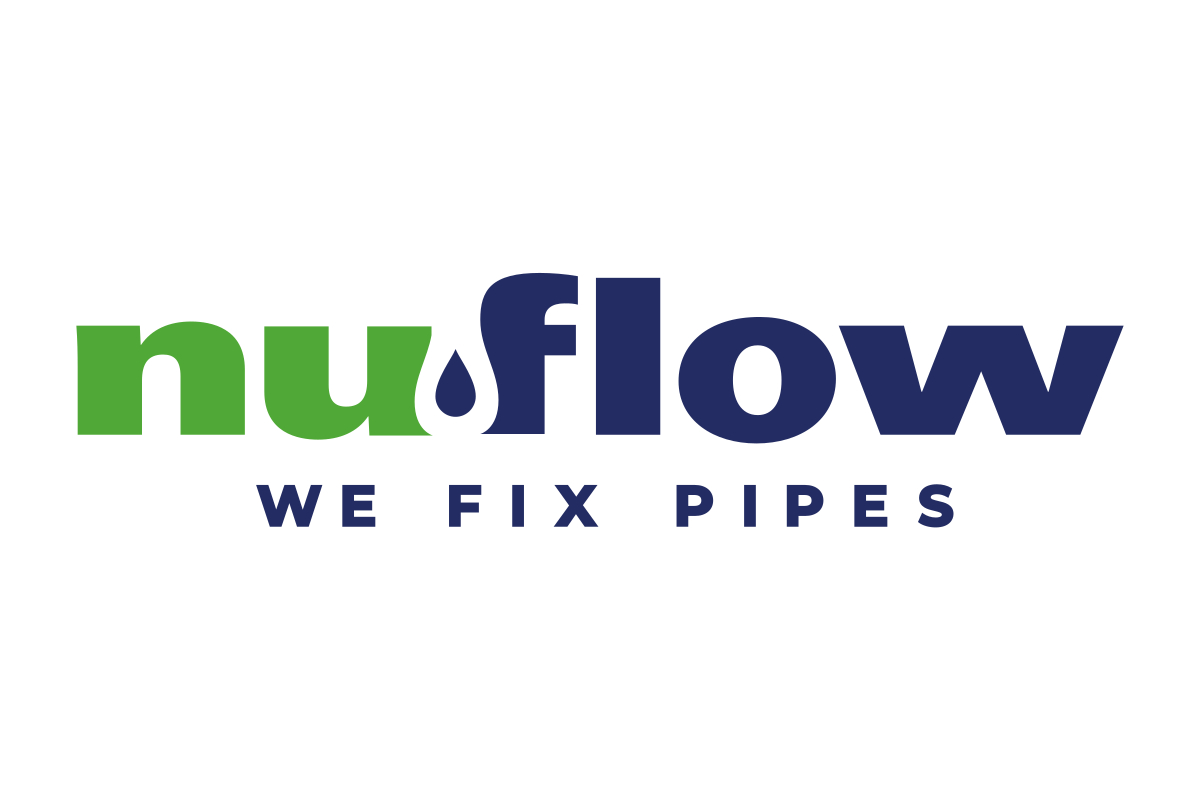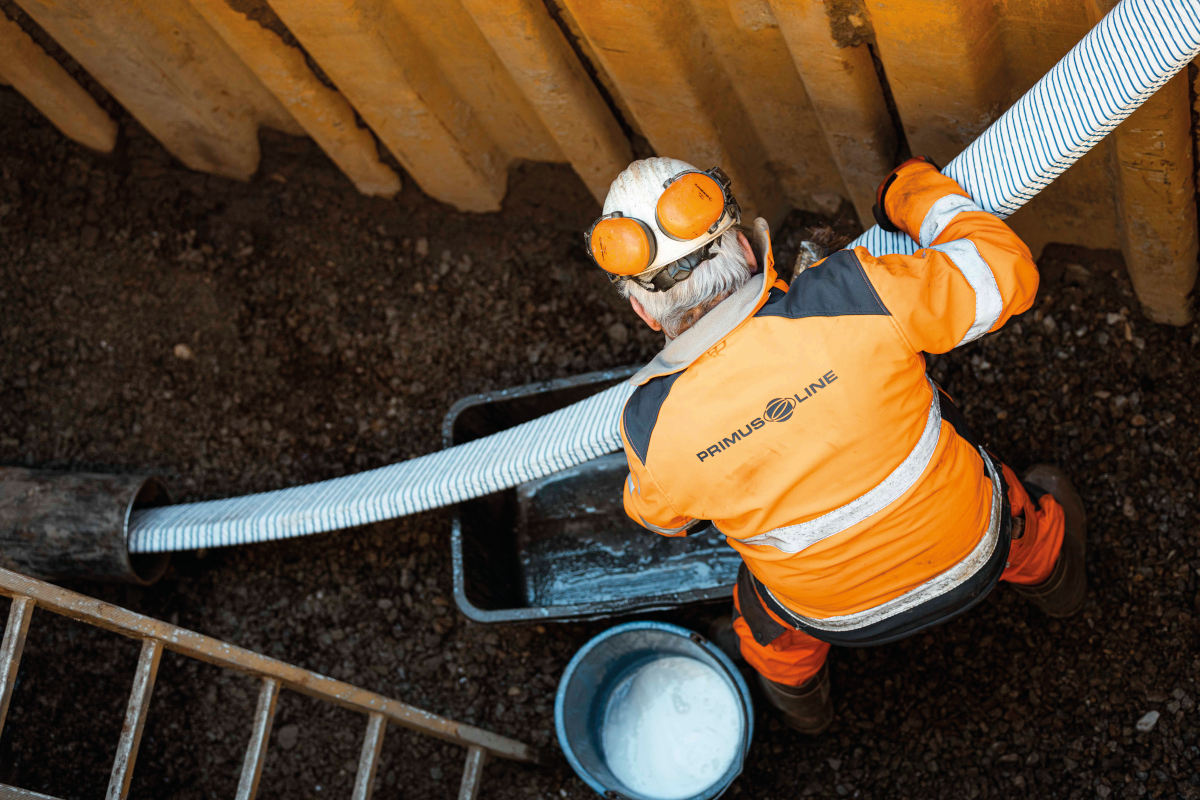HammerHead Enters the Lateral Lining Market with Its HydraLiner Lateral Lining System
HammerHead Trenchless Equipment introduced its new HydraLiner Lateral Lining system at the 2013 Pumper & Cleaner Environmental Expo International Feb. 25. The new CIPP lateral lining system for instaling cured-in-place pipe liners features the first composite inversion drums to be offered in North America.
HammerHead is best known for its pipe bursting, pipe ramming, pneumatic piercing tools and down-hole tools for horizontal directional drilling. Ryan Boldan, HammerHead product manager, said, “The addition of our new CIPP product line provides our customers with a complete trenchless solution for both replacing and rehabilitating lateral lines.”
Boldan explained that using composite materials had advantages for the equipment. “Composites enabled us to both reduce drum weight and increase internal drum capacity to carry as much as 35 percent more liner.”
Boldan said the composite drums will also withstand the higher temperatures needed for steam curing and for any other job.
Most significantly, Boldan said, “Composite drums are corrosion free, easily maintained and seamless.” He explained that eliminating seams also eliminated the potential for failure points commonly associated with other drums.
HammerHead offers five HydraLiner inversion drum models, varying in capacity and can accommodate pipe liners of different diameters. The Mini-Hydra composite drum, for example, is compact enough to take into basements and set up in confined spaces, yet it can invert as much as 80 ft of liner. At the range’s other end, the steel Super-Hydra drum can carry as much as 180 ft of liner.
Along with the two composite drums, HammerHead unveiled its own complete line of CIPP lining equipment and consumables, including three steel drums, a hot water boiler, a steam generator, wet-out tables, liners, epoxies and assorted accessories.
Boldan said HammerHead liners will be available to its customers for ambient, hot water or steam curing. Two liner styles are available: the HHFlex Liner and the HHPVC Liner.
Flexible HHFlex Liner, available in sizes from 2 to 8 in., will handle 22 and 45 degree turns and sweeping 90 degree turns, and it can bridge to two dimensional steps. Where there are no significant turns, HHPVC liner for pipes 4 to 12 in. in diameter is available as an even more economical alternative to HHFlex, Boldan said.
Boldan explained the process step by step. The HydraLiner system rehabilitation process can be used in a variety of gravity and pressure applications such as sanitary sewers, storm sewers, process piping, electrical conduits and ventilation systems. HammerHead customer training begins immediately upon delivery of the HydraLiner System, scheduled at the customer’s convenience. Onsite guidance is also available.
In any application, the installers must ensure that the lateral pipe is clean and free from debris, encrustation or standing water. The length of pipe to be rehabilitated is televised and recorded. Then the liner is measured, cut to length, and a vacuum pump is attached to one end.
A two-part epoxy resin and hardener is measured, mixed and poured into the liner. The resin will adhere the liner to the inner surface of the pipe. The composite system will guard against moisture getting between the liner and the internal wall of the pipe. Both concrete corrosion and normal corrosion are impeded by this method.
The liner is passed through a wet-out table while still attached to the vacuum pump to ensure a thorough impregnation of the resin. The wet-out liner is wound into the inversion drum, and the trailing end is cuffed to the inversion nozzle. The drum is pressurized and the liner is inverted into the pipe. For heat curing, a boiler or steam generator cures the resin either with circulating hot water or by introducing controlled steam within the liner.
Once cured, the newly lined pipe is inspected and recorded, and a sample is taken for future reference.
All work is performed in conformance with the industry standard ASTM F 1216 Standard Practice for Rehabilitation of Existing Pipelines and Conduits by the Inversion and Curing of a Resin Impregnated Tube.
HydraLiner equipment and CIPP lining is now available directly from HammerHead. Boldan said HammerHead will launch its first cure-time and resin calculator app later this spring. The app, which will be available for Android, IOS and Windows 8 mobile devices, is designed to quickly assist in determining the appropriate quantity of resin to hardener mixture and provides accurate cure times per project specifications.
“Our customers demand profitable and effective lateral equipment and rehabilitation methods from a partner they can trust,” said Brian Metcalf, HammerHead CEO. “HammerHead is committed to being a one-stop shop for trenchless pipe bursting and lining solutions for lateral rehabilitation.”




